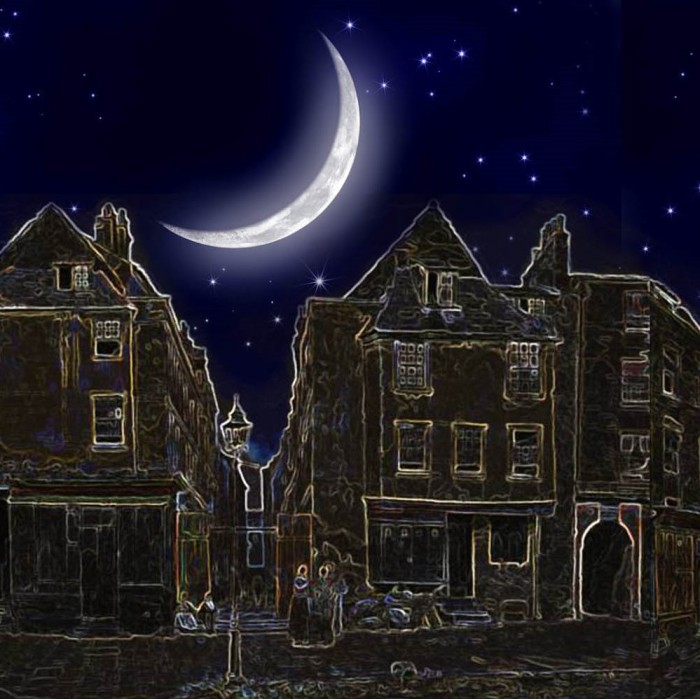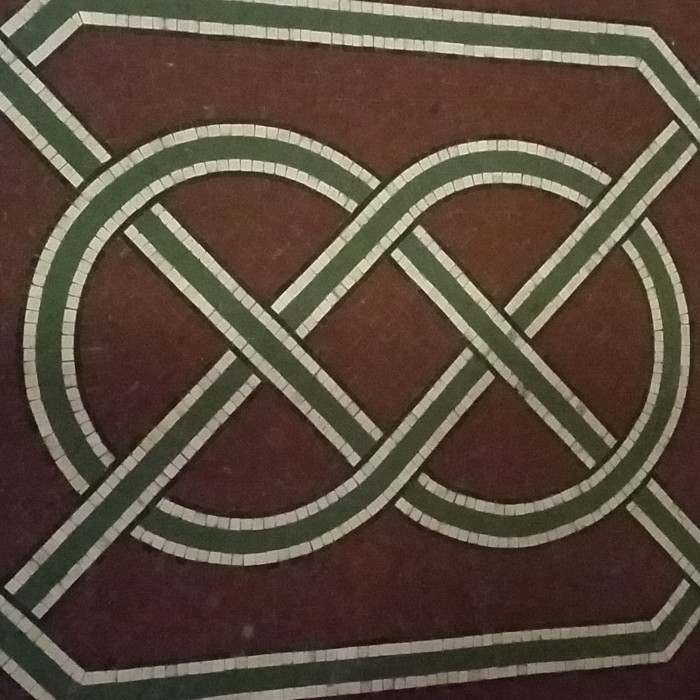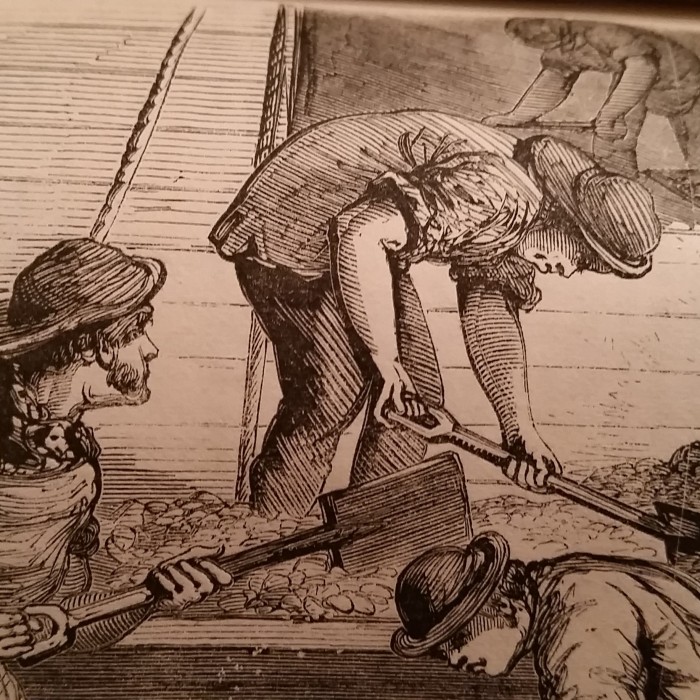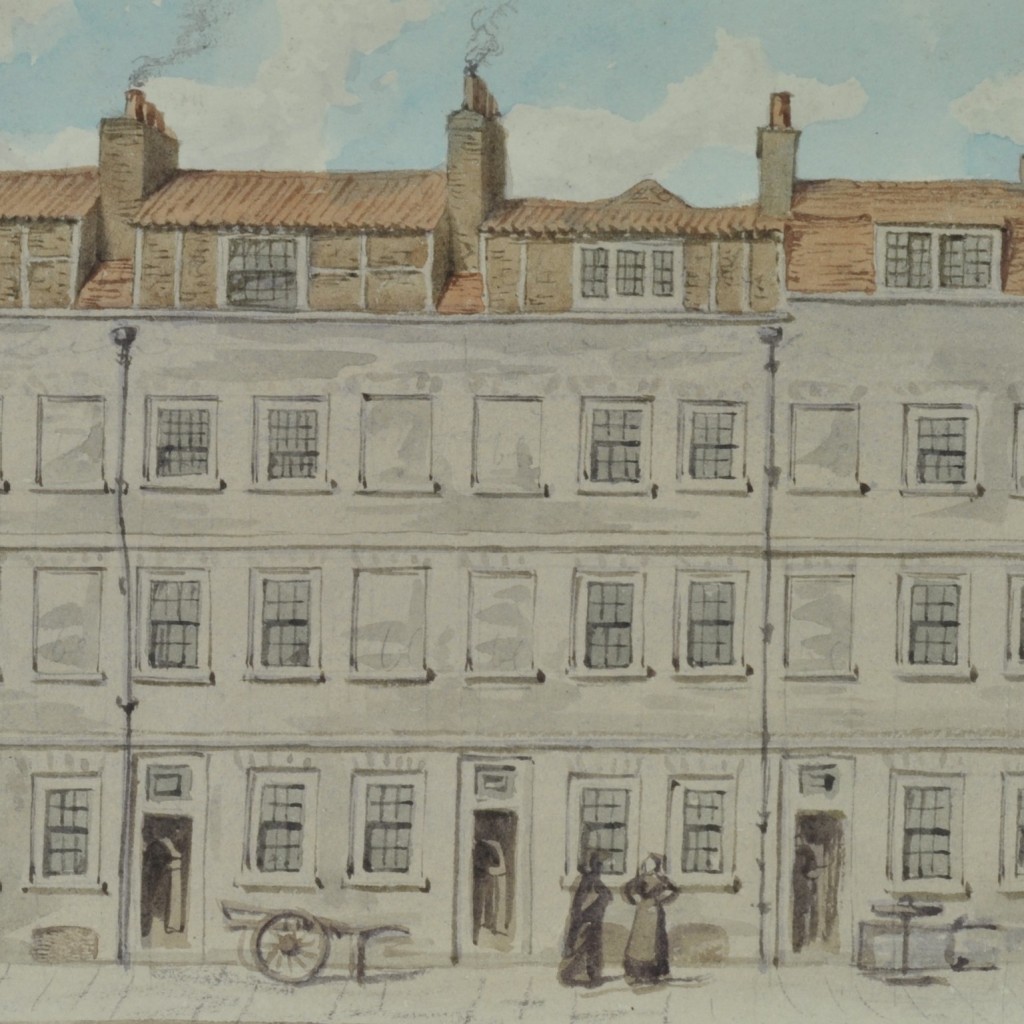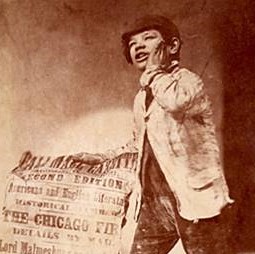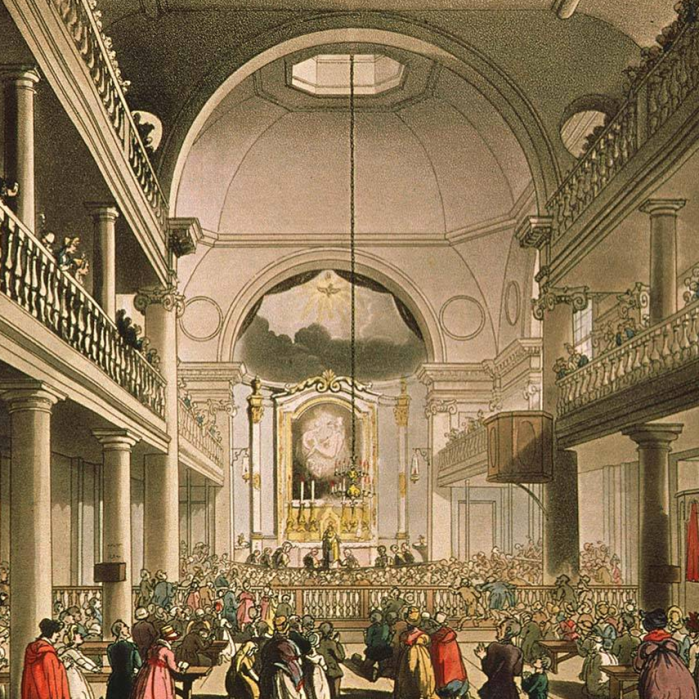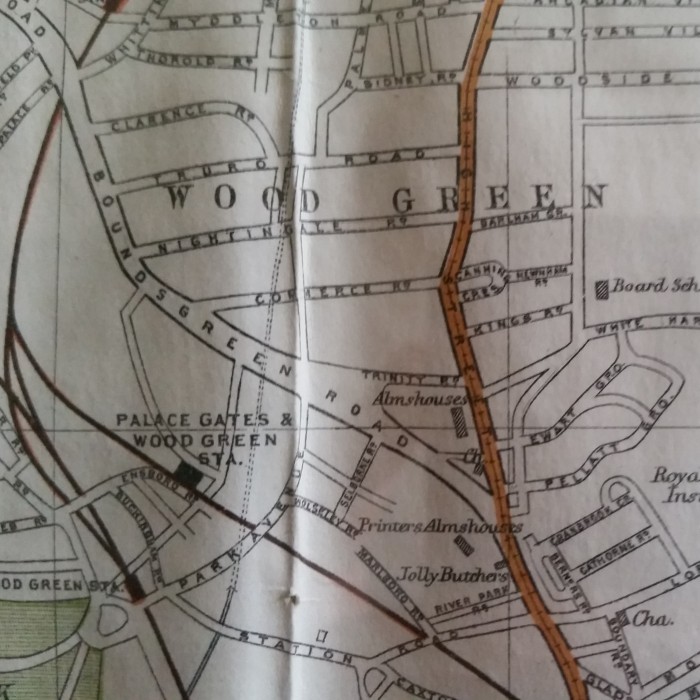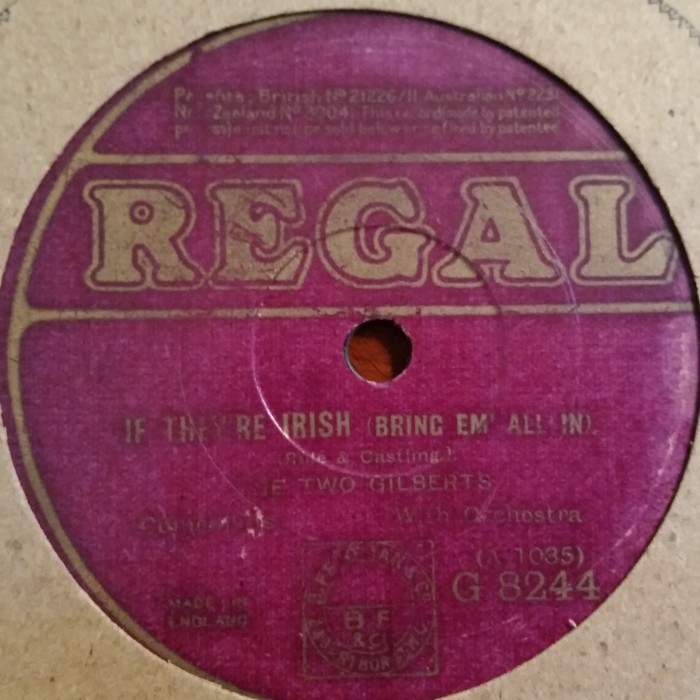In 1844, just before the Great Famine hit Ireland, my Irish forebears left for London. All I ever really knew was that, on arrival, the 5 year old Cathy, my great grandmother, asked “Is that the same moon as we have in Ireland?”… a story that was passed down over the years. Since then I have discovered just what it took to make a new life in London. This latest album is an 11 song cycle retelling their story. If they hadn’t made it, there wouldn’t be a me. Each track starts with a short narrative before the song takes hold.
Moving In
The first 3 songs set the stage: Drop the O’ reminds us that the Irish weren’t popular, even though they virtually built Victorian London – so to help integration the O’Briens became Bryans and the O’Neilles, Neals. As the song says, it isn’t easy being green especially when you’re Irish. In Wherever the Moon Is (my favourite song on the album) Cathy asks her father the big question and like many children’s difficult but simple questions, each answer begs another, as her father seeks to reassure Cathy. The image here is a contemporary painting of the very street they lived in, Lincoln’s Court, later to be replaced by the Peabody Buildings. And in Rookery Rock we are reminded that their new home was the worst area of Dickensian London, close to the St Giles Rookery, often called Little Dublin or a variation thereof. And I tell the story of their near-neighbour Ellen Donovan who lost her life trying to save children in the overcrowded firetrap where they lived, Lincoln Court. Ellen is commemorated in a plaque in Postman’s Park, Little Britain, near St Paul’s Cathedral, which honours the people’s heroes of the time.
Settling In
The next three songs see my great grandparents, Cathy O’Neill and Charles O’Brien meeting, marrying, and starting a family – opening with the saddest song, Cathy Met Charlie. My father told me his father was one of four children, along with his two sisters and a brother. Actually there were twelve, but eight died either within a week of birth or didn’t make it beyond five years old. The font where they were christened is still there and is in the video. But Charlie got himself a job as a street seller of fruit and vegetables – they did live close to Covent Garden after all – as I sing in The Costermonger’s Song. And the next song celebrates the work of the Irish labourer (Cathy’s father, a linen weaver in Ireland, may have been one of them) as they built Victorian London, in Building Boomers.
Was It Worth It?
But it clearly was really tough. I was stunned when I found in a book the drawings of the firegrates of the very houses my family lived in: the old Georgian houses, No’s 6 and 7 Wild Court, grand in their day – and the only houses in the terrace for which any detail was recorded. These houses were very crowded, and were demolished in the early 1880s. The street, Wild Court, is still there, running West off Kingsway, Holborn. Just as amazing was discovering that this Georgian terrace was recorded for posterity by an artist, complete with costermongers’ carts, before it was demolished – see painting above. It made me think what Charlie and Cathy may have thought, looking at those firegrates, as they tried to Make It Worth It.
New Job, Two Weddings and a New Home
But make it they did. Step One, in Hold the Front Page, was for Charlie and Cathy’s son Charlie, my grandfather, to get work in Fleet Street, as a compositor at the Pall Mall Gazette (now part of the Evening Standard). Step Two, in At the Double, was to marry Londoners, which they did in a double marriage when Charlie and his sister Ellen O’Brien married the sister and brother Louisa and Tom Banan … a family from Sussex and possibly from Huguenot weaver families. And Step Three, to get a better home, in the new Victorian garden city of Noel Park in Wood Green, where my father was born and where the ageing Cathy reflects on their lives in Come Into the Garden.
A Story For All Our Times
And I wrap it all up in Old Times, Modern Times, just a reminder that this is not an old story, it is a story of every age. Listen out for little Cathy having the final word as the credits fade………….


